If you’ve ever noticed small bumps or rough patches on your skin, chances are you may be dealing with a condition called Keratosis Pilaris. But fear not, because in this comprehensive guide, you’ll discover effective remedies and top-notch products that can help you tackle this common skin concern. From gentle exfoliators to moisturizing creams, we’ve got you covered with all the information you need to banish those pesky bumps and achieve smooth, glowing skin. So get ready to say goodbye to Keratosis Pilaris and hello to confidence!
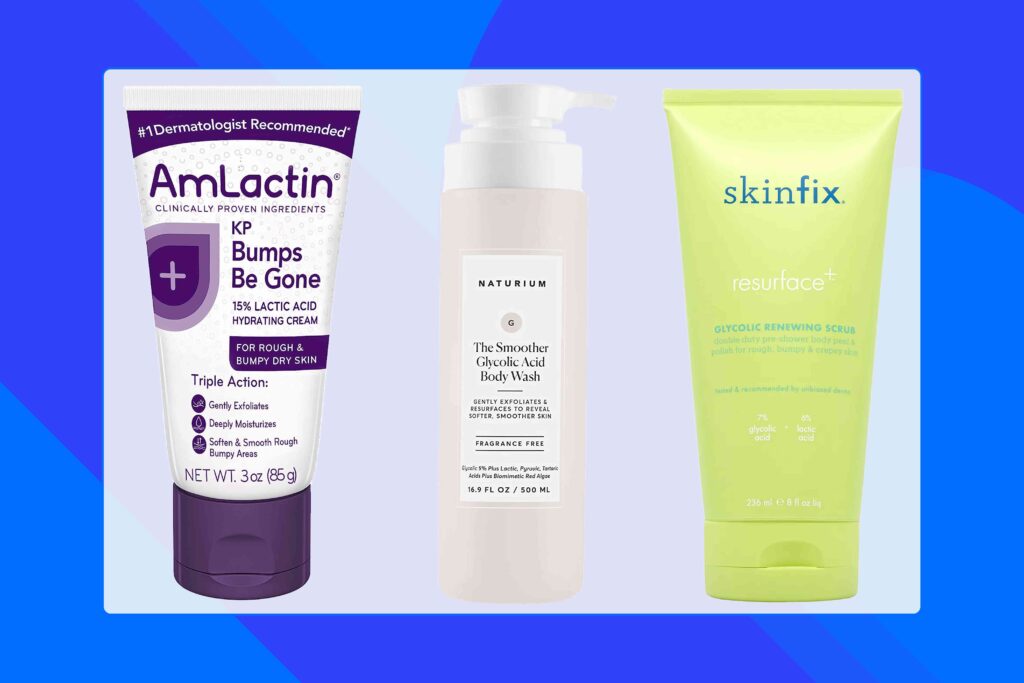
What is Keratosis Pilaris?
Keratosis Pilaris is a common skin condition that manifests as small, rough bumps on the skin, often referred to as “chicken skin.” These bumps are usually harmless and painless, but they can be a source of frustration and self-consciousness for many people. The condition primarily affects the back of the upper arms, thighs, buttocks, and sometimes the face. Understanding the causes, symptoms, and treatment options for Keratosis Pilaris can help you manage and alleviate its effects on your skin.
Definition
Keratosis Pilaris, also known as KP, is a benign skin condition characterized by the buildup of keratin, a protein that forms the outer layer of the skin. This buildup clogs hair follicles, leading to the formation of small, rough bumps. The exact cause of Keratosis Pilaris is unknown, but it is believed to be related to a combination of genetic and environmental factors.
Causes
The exact causes of Keratosis Pilaris are not fully understood, but there are several factors that may contribute to its development. It is believed that the condition is mainly caused by a genetic predisposition, as it tends to run in families. Additionally, dry skin and a buildup of keratin in the hair follicles are thought to play a role in the development of KP. Some studies also suggest that hormonal imbalances and certain environmental factors, such as cold or dry weather, can exacerbate the symptoms of Keratosis Pilaris.
Symptoms
The most common symptom of Keratosis Pilaris is the appearance of small, rough bumps on the skin, which are often flesh-colored or slightly red. These bumps are typically painless and do not itch, although some individuals may experience mild itching or inflammation. The affected skin may also feel rough or bumpy to the touch. In some cases, the bumps may become more noticeable or inflamed after exposure to hot water or friction from clothing.
Home Remedies for Keratosis Pilaris
While there is no known cure for Keratosis Pilaris, there are several home remedies that can help manage and improve the condition. These remedies focus on exfoliation, moisturizing, dietary changes, and the use of natural remedies to reduce the appearance of bumps and smooth the skin.
Exfoliation
Regular exfoliation is an essential step in managing Keratosis Pilaris. Exfoliating the affected areas helps to remove the buildup of dead skin cells and unclog the hair follicles. You can use a gentle exfoliating scrub or a natural exfoliant like oatmeal or sugar mixed with olive oil. Gently massage the exfoliator onto damp skin in circular motions, focusing on the areas with bumps, then rinse off with warm water.
Moisturizing
Keeping the skin well-moisturized is crucial for managing Keratosis Pilaris. Dry skin can contribute to the buildup of keratin and worsen the symptoms of KP. Choose a moisturizer that is non-comedogenic and fragrance-free to avoid clogging the hair follicles. Look for ingredients like urea, lactic acid, or salicylic acid, which can help to exfoliate and soften the skin. Apply the moisturizer daily, especially after bathing when the skin is still slightly damp.
Dietary changes
Some individuals with Keratosis Pilaris report improvements in their symptoms after making dietary changes. Although there is limited scientific evidence to support these claims, a healthy diet can promote overall skin health and reduce inflammation. Incorporate foods rich in omega-3 fatty acids, such as fatty fish, flaxseeds, and walnuts, as well as antioxidant-rich fruits and vegetables into your diet. Avoiding excessive consumption of processed foods, dairy, and gluten may also be beneficial for some individuals.
Natural remedies
Several natural remedies have been suggested to alleviate the symptoms of Keratosis Pilaris. These include applying apple cider vinegar, coconut oil, or aloe vera gel to the affected area. While these remedies may provide temporary relief for some individuals, it is important to remember that they may not work for everyone. It is best to consult with a healthcare professional or dermatologist before trying any new natural remedies.
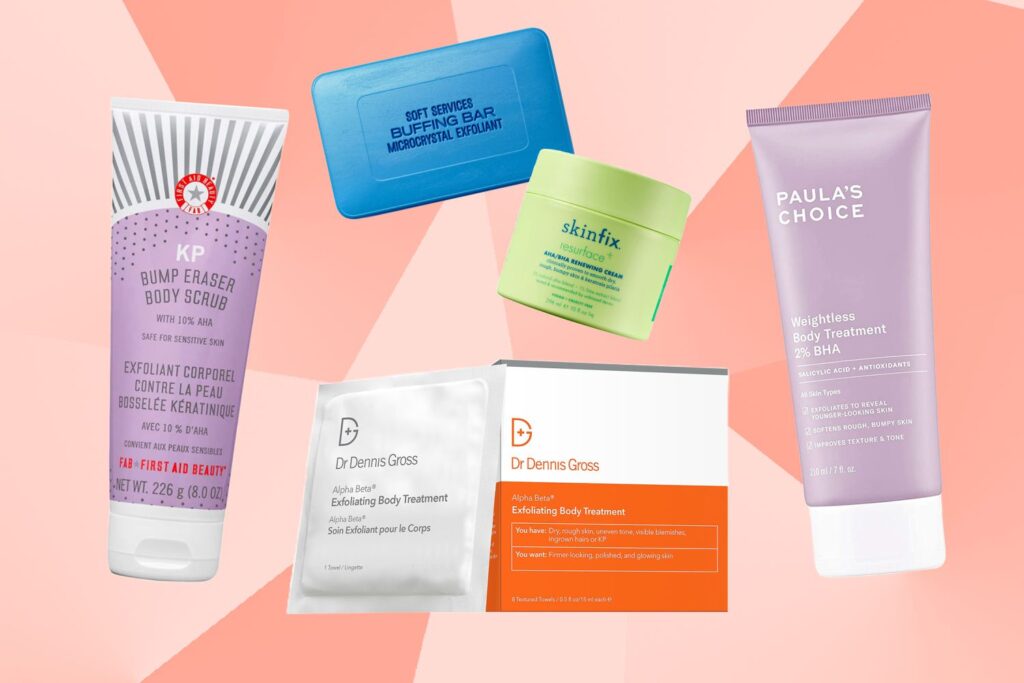
Best Skincare Products for Keratosis Pilaris
In addition to home remedies, there are several skincare products available that can help manage and improve the appearance of Keratosis Pilaris. These products are specially formulated to exfoliate, moisturize, and nourish the skin, reducing the buildup of keratin and promoting a smoother complexion.
Cleansers
Choosing the right cleanser is an important step in managing Keratosis Pilaris. Look for a gentle cleanser that is free from harsh ingredients, such as sulfates and fragrances, which can further irritate the skin. Opt for a cleanser that contains exfoliating ingredients like salicylic acid or glycolic acid to help unclog the hair follicles. Use the cleanser twice a day, gently massaging it onto damp skin before rinsing off with lukewarm water.
Exfoliators
Using a gentle yet effective exfoliator can help remove dead skin cells and unclog the hair follicles in Keratosis Pilaris-affected areas. Look for exfoliators that contain mild chemical exfoliants like lactic acid or urea, which can gently dissolve the keratin buildup. Mechanical exfoliators with small, rounded beads or brushes can also be used, but be cautious not to scrub too vigorously, as this can cause irritation. Apply the exfoliator to the affected areas in gentle circular motions, then rinse off with lukewarm water.
Moisturizers
Moisturizing is a crucial step in managing Keratosis Pilaris, and using the right moisturizer can make a significant difference in the appearance and texture of your skin. Look for moisturizers that are specifically formulated for dry or sensitive skin, as they are usually free from irritating ingredients. Opt for moisturizers that contain humectants like glycerin, hyaluronic acid, or urea, which help to attract moisture to the skin and keep it hydrated. Apply the moisturizer twice a day, or as needed, focusing on the areas with bumps.
Essential oils
Some essential oils may provide relief for individuals with Keratosis Pilaris due to their soothing and moisturizing properties. Popular options include tea tree oil, coconut oil, and jojoba oil. Before using essential oils, it is essential to dilute them with a carrier oil, such as coconut or olive oil, to avoid skin irritation. Apply a small amount of the diluted essential oil to the affected areas and gently massage it into the skin. It is advisable to perform a patch test before using essential oils to ensure that you are not allergic or sensitive to them.
Prescription Treatment Options for Keratosis Pilaris
If home remedies and over-the-counter products do not provide satisfactory results in managing Keratosis Pilaris, prescription treatment options are available. These treatments are typically stronger and can help to reduce the appearance of bumps and improve the texture of the skin.
Topical treatments
Topical treatments prescribed by dermatologists are often used to manage Keratosis Pilaris. These include retinoids, such as tretinoin, which help to normalize the skin cell turnover and prevent the buildup of keratin. Prescription-strength creams or lotions containing salicylic acid, alpha-hydroxy acids (AHAs), or urea may also be prescribed to exfoliate and soften the skin. It is important to follow the instructions provided by your dermatologist and be consistent with your application to see optimal results.
Oral medications
In certain cases, dermatologists may prescribe oral medications to manage severe or persistent cases of Keratosis Pilaris. These medications may include oral retinoids like isotretinoin, which can help to regulate the skin cell turnover and prevent the formation of plugs in the hair follicles. Your dermatologist will assess your condition and medical history to determine the most appropriate oral medication and dosage for your specific needs.
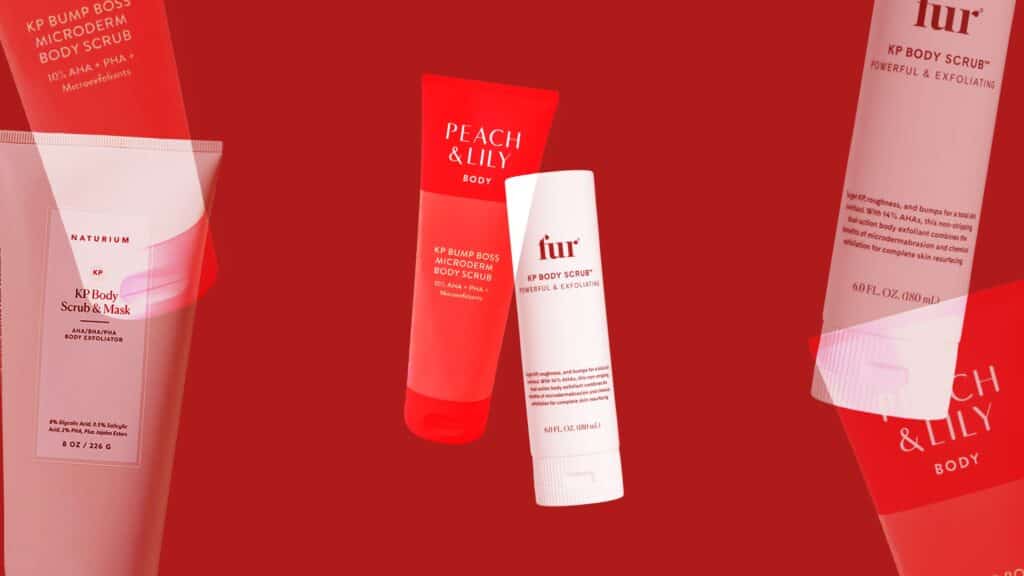
Dermatologist Procedures for Keratosis Pilaris
For individuals seeking faster and more dramatic improvements in the appearance of their Keratosis Pilaris, dermatologist procedures can be considered. These procedures are performed by trained professionals and aim to exfoliate, smooth, and rejuvenate the skin affected by KP.
Chemical peels
Chemical peels involve the application of a chemical solution to the skin, which causes the top layer to slough off and reveal smoother, rejuvenated skin underneath. Mild chemical peels containing AHAs, such as glycolic acid or lactic acid, can help to exfoliate and improve the texture of the skin affected by Keratosis Pilaris. Multiple sessions may be required for optimal results, and it is important to follow the aftercare instructions provided by your dermatologist.
Microdermabrasion
Microdermabrasion is a non-invasive procedure that uses a handheld device to gently exfoliate the outer layer of the skin. This procedure can help to remove dead skin cells, unclog the hair follicles, and improve the texture and appearance of the skin affected by Keratosis Pilaris. Multiple sessions may be required, and it is important to protect the treated skin from sun exposure and follow the aftercare instructions provided by your dermatologist.
Laser therapy
Laser therapy is a more advanced procedure that uses focused beams of light to target and remove the outer layer of the skin affected by Keratosis Pilaris. This can help to smooth the skin and reduce the appearance of bumps. Laser therapy can be an effective option for individuals with severe or persistent cases of Keratosis Pilaris. Multiple sessions may be required, and it is important to follow the aftercare instructions provided by your dermatologist.
Lifestyle Changes for Managing Keratosis Pilaris
In addition to home remedies and professional treatments, making certain lifestyle changes can help manage and reduce the symptoms of Keratosis Pilaris. These changes focus on minimizing triggers and maintaining proper skincare practices to keep the skin healthy and nourished.
Avoiding hot showers
While hot showers may be comforting, they can strip the skin of its natural oils and exacerbate dryness, making Keratosis Pilaris more pronounced. Opt for lukewarm showers instead and limit the duration of your shower to avoid drying out the skin further. After showering, gently pat the skin dry with a towel and promptly apply a moisturizer to seal in moisture.
Wearing loose-fitting clothing
Tight-fitting clothing can cause friction and irritation on the skin affected by Keratosis Pilaris, leading to increased inflammation and bumps. Opt for loose-fitting clothing made from breathable fabrics, such as cotton, to minimize irritation. Avoid wearing clothing with rough textures, excessive seams, or tags that can rub against the skin and worsen the condition.
Managing stress
Stress can have a negative impact on the skin and may worsen the symptoms of Keratosis Pilaris. Implementing stress management techniques, such as regular exercise, mindfulness meditation, or deep breathing exercises, can help reduce stress levels and promote overall skin health. Prioritizing self-care activities and finding healthy ways to cope with stress can also contribute to better skin health.
Protecting your skin from harsh weather
Extreme weather conditions, such as cold, dry air, or excessive sun exposure, can exacerbate the symptoms of Keratosis Pilaris. Protect your skin from harsh weather by wearing appropriate clothing, such as hats, scarves, and gloves in cold weather, and using broad-spectrum sunscreen with at least SPF 30 in sunny weather. Additionally, using a humidifier in dry indoor environments can help to keep the skin hydrated.
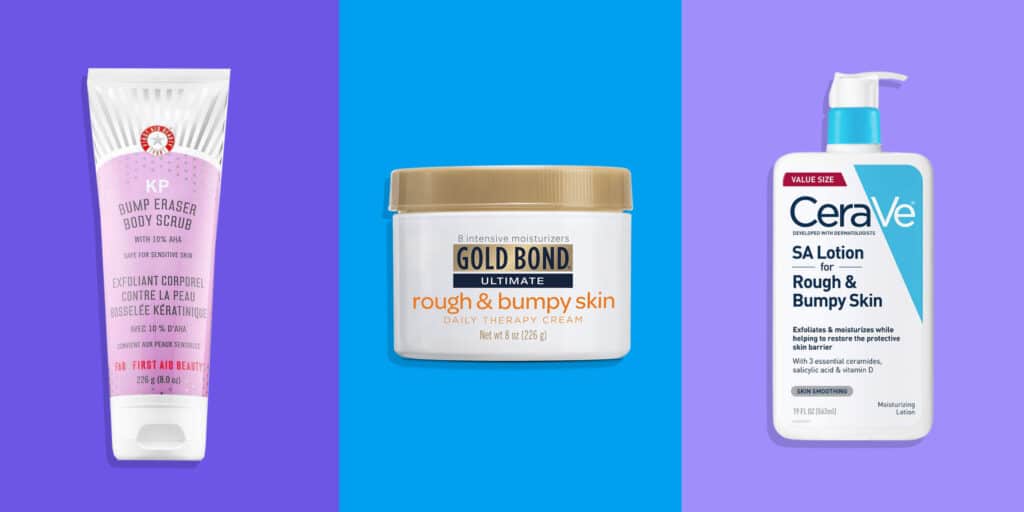
Tips for Preventing Keratosis Pilaris
While Keratosis Pilaris cannot always be prevented, there are several steps you can take to minimize its occurrence and manage the symptoms effectively.
Avoiding excessive sun exposure
Excessive sun exposure can cause dryness and damage to the skin, making Keratosis Pilaris more visible. Protect your skin from the sun by using broad-spectrum sunscreen with at least SPF 30, seeking shade during peak sun hours, and wearing protective clothing, such as wide-brimmed hats and long sleeves.
Using gentle skincare products
Using gentle skincare products is essential for maintaining healthy skin and preventing flare-ups of Keratosis Pilaris. Avoid harsh soaps, exfoliators with rough particles, and products containing irritating ingredients like sulfates or fragrances. Opt for pH-balanced, hypoallergenic products that are specifically formulated for sensitive or dry skin.
Maintaining a healthy diet
A balanced and nutrient-rich diet can contribute to overall skin health, including the management of Keratosis Pilaris. Incorporate a variety of fruits, vegetables, whole grains, lean proteins, and healthy fats into your diet. These foods provide essential vitamins, minerals, and antioxidants that support skin health and reduce inflammation.
Staying hydrated
Proper hydration is vital for maintaining healthy skin, and it can also help to alleviate the symptoms of Keratosis Pilaris. Aim to drink an adequate amount of water each day and incorporate hydrating foods into your diet, such as watermelon, cucumbers, and citrus fruits. Additionally, using a humidifier in dry indoor environments can help to increase moisture levels and prevent excessive dryness.
Understanding the Role of Genetics in Keratosis Pilaris
Genetic factors play a significant role in the development of Keratosis Pilaris. The condition is believed to be hereditary and often runs in families. If one or both of your parents have Keratosis Pilaris, there is a higher chance of you developing the condition as well. However, it is important to note that genetics alone do not guarantee the occurrence of Keratosis Pilaris, as other environmental factors can also contribute to its development.
Genetic factors
Certain genetic factors have been identified as potential contributors to the development of Keratosis Pilaris. Variations in specific genes involved in the production and structure of keratin have been associated with an increased risk of developing the condition. These genetic variations can alter the normal process of keratinization, leading to the buildup of keratin and the formation of dry, rough bumps on the skin.
Family history
Keratosis Pilaris often runs in families, indicating a strong genetic component. If one or both of your parents have Keratosis Pilaris, you are more likely to develop the condition. However, it is important to remember that not everyone with a family history of Keratosis Pilaris will necessarily develop the condition themselves, as other factors, such as environmental triggers and individual susceptibility, also play a role.
Inheritance patterns
The inheritance patterns of Keratosis Pilaris are not fully understood, as multiple genes and environmental factors are believed to influence its development. However, it is generally considered a heritable condition with an autosomal dominant pattern of inheritance. This means that if one parent carries the gene associated with Keratosis Pilaris, there is a 50% chance of passing it on to their children. It is important to consult with a medical professional or genetic counselor for a more accurate assessment of your individual risk based on your family history and genetic factors.
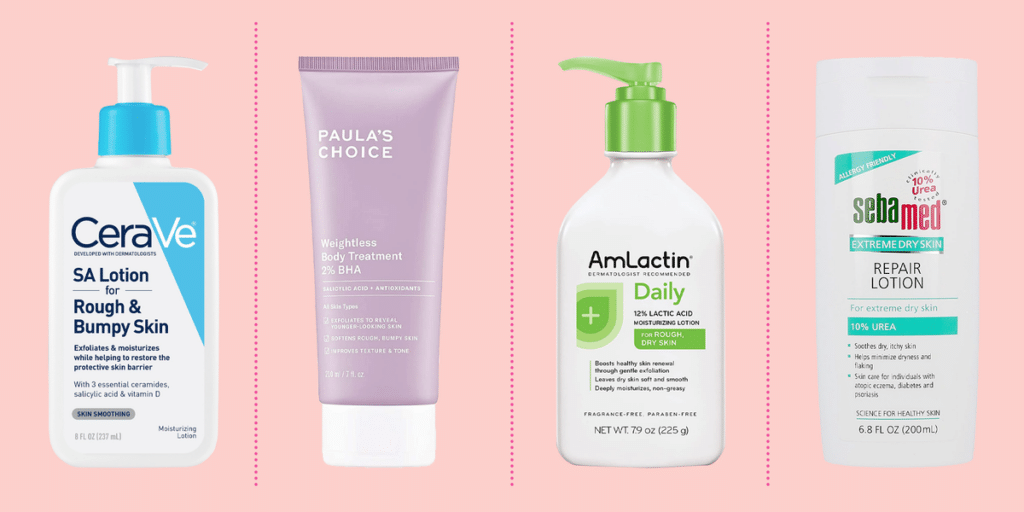
Common Misconceptions about Keratosis Pilaris
There are several misconceptions surrounding Keratosis Pilaris that can lead to misunderstandings and frustration for individuals dealing with the condition. Understanding the truth behind these misconceptions can help to alleviate unnecessary worry and promote effective management of Keratosis Pilaris.
It can be cured
One common misconception about Keratosis Pilaris is that it can be completely cured. While it is true that there is no known cure for the condition, there are various treatment options available to help manage and reduce its symptoms. With the right skincare regimen and lifestyle changes, many individuals with Keratosis Pilaris can achieve significant improvements in the appearance and texture of their skin.
It is caused by poor hygiene
Keratosis Pilaris is not caused by poor hygiene. It is a genetic skin condition that results from the buildup of keratin in the hair follicles and the subsequent clogging of these follicles. While proper hygiene practices are important for maintaining overall skin health, they do not directly cause or prevent Keratosis Pilaris.
It only affects children
While it is true that Keratosis Pilaris commonly appears during childhood and adolescence, the condition can affect individuals of all ages. Many adults continue to experience the symptoms of Keratosis Pilaris well into their adulthood. The severity of the condition may vary throughout a person’s life, and it can improve or worsen with age.
When to See a Dermatologist for Keratosis Pilaris
In most cases, Keratosis Pilaris does not require medical intervention and can be managed with home remedies and over-the-counter products. However, there are certain situations in which it is advisable to consult with a dermatologist for evaluation and treatment.
Persistent and severe symptoms
If your symptoms of Keratosis Pilaris persist despite the use of home remedies and over-the-counter products, or if they become severe and significantly impact your quality of life, it is recommended to seek professional medical advice. A dermatologist can assess your condition, determine the best course of treatment, and prescribe appropriate medications or procedures if necessary.
Cosmetic concerns
For individuals who are significantly bothered by the cosmetic appearance of their Keratosis Pilaris, seeking the expertise of a dermatologist can be beneficial. Dermatologists can offer a range of treatments and procedures that can help to reduce the appearance of bumps and improve the texture of the skin affected by Keratosis Pilaris.
Other underlying skin conditions
Sometimes, the symptoms of Keratosis Pilaris may be indicative of an underlying skin condition or infection. If you notice any unusual changes in the appearance or texture of your skin or if you experience additional symptoms such as intense itching, redness, or pain, it is important to consult with a dermatologist for proper evaluation and diagnosis.
In conclusion, Keratosis Pilaris is a common skin condition characterized by small, rough bumps on the skin. While it cannot be cured, there are various treatment options and lifestyle changes that can help manage and reduce its symptoms. Home remedies, such as exfoliation and moisturizing, along with the use of specific skincare products, can improve the appearance and texture of the skin. In more severe cases, prescription treatments and dermatologist procedures can be considered. It is important to understand the role of genetics in Keratosis Pilaris, as well as common misconceptions about the condition. If your symptoms persist, become severe, or if you have cosmetic concerns, it is advisable to consult with a dermatologist for proper evaluation and treatment. By taking proactive steps and seeking appropriate care, you can effectively manage and minimize the impact of Keratosis Pilaris on your skin health.